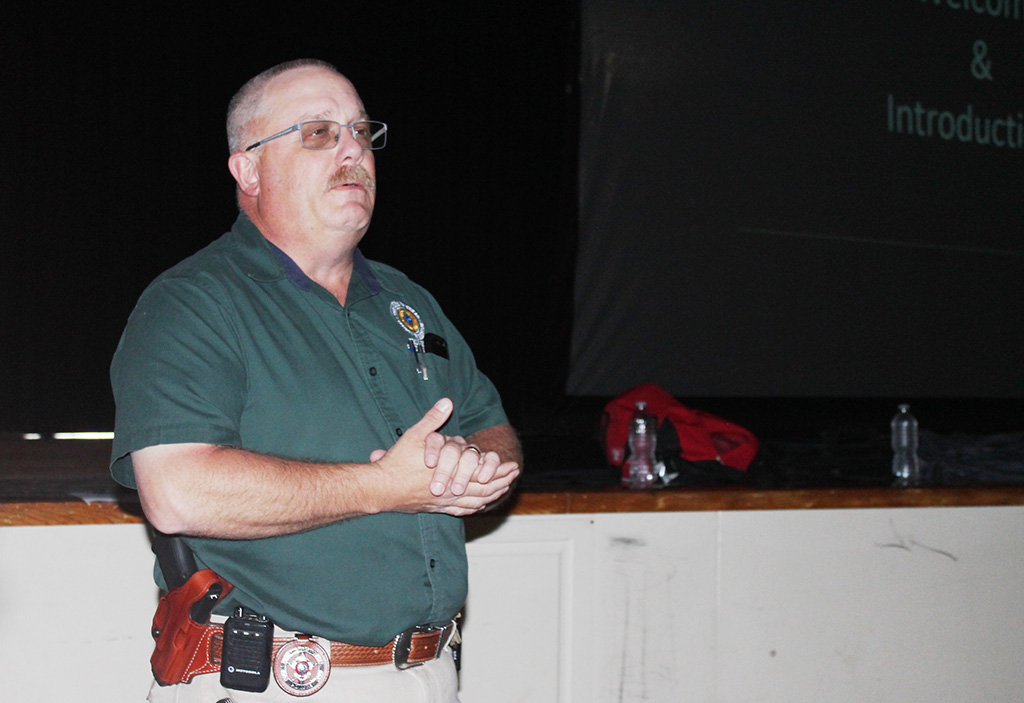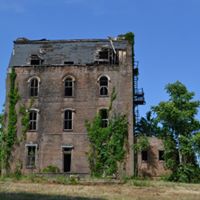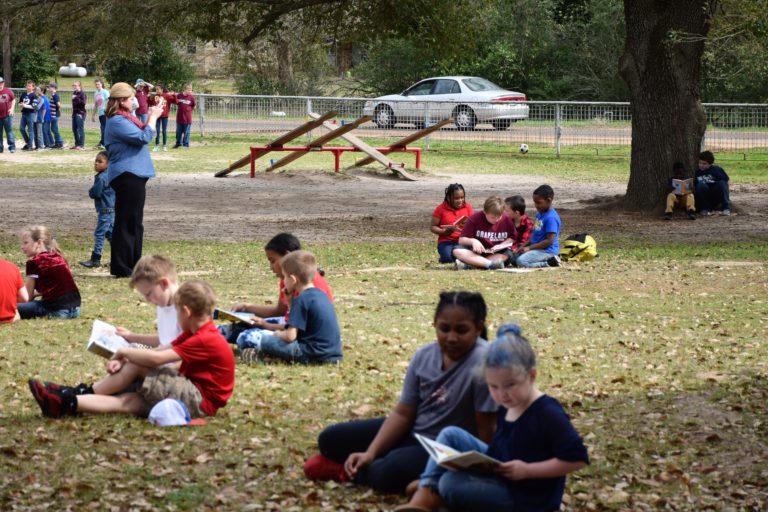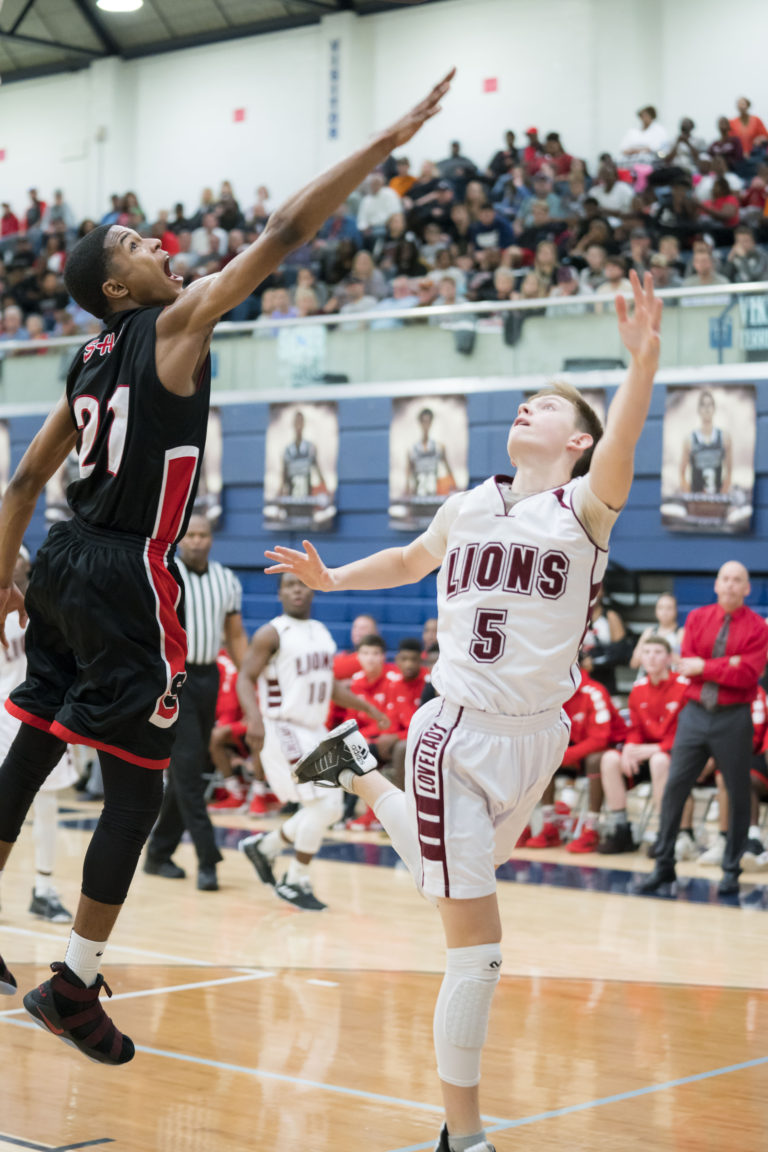Avoid. Deny. Defend: Grapeland ISD Staff Partakes in Active Shooter Training

By Sarah Naron
Messenger Reporter
GRAPELAND – A Civilian Response to Active Shooter Events (CRASE) program was presented Monday, April 2 to the staff of Grapeland Independent School District by Houston County Fire Marshall Roger Dickey, Houston County District Attorney’s Office Investigator Randy Hargrove and interim Grapeland Police Chief Lt. Tyler Moore.
“The real crux of this whole thing is that we’re going to introduce ‘Avoid, Deny and Defend,’” Hargrove explained when introducing the course. “There’s some places that’s teaching ‘Run, Hide and Fight;’ part of the government is teaching that. We kind of like ‘Avoid, Deny and Defend’ a little better, because it gives you a little more control instead of just running and hiding.”
As explained by Hargrove, avoiding involves examining the immediate surroundings to determine if any feasible exit opportunities exist.
“We look at our primary exits; if we have some, we take off,” he said. “If we don’t, we deny access.”
Denying access, Hargrove explained, consists of creating barriers between the threat and the victims by locking doors and blocking them with heavy objects and turning out lights.
“If we can’t deny, are there other exits?” Hargrove continued. “If there is, then let’s avoid now. If there’s no other exits, then we’re going to have to defend ourselves. We’re going to do whatever we have to do to go home.”
As Hargrove pointed out, it is imperative that Grapeland residents realize that the community could one day face an active shooter event of its own.
“If we have this attitude or this thought that it won’t happen here, it’s going to be a fatal attitude,” he said.
Hargrove used the November 5, 2017 Sutherland Springs church shooting as an example.
“Sutherland Springs is a community maybe a little smaller than Grapeland; maybe the size of Lovelady,” he pointed out. “People were just worshiping in their church. The guy had been there a couple weeks before, and here he comes back with a gun. They never gave it a thought that it would happen there, but it did.”
Hargrove proposed a new motto for staff members to follow going forward – “I’m going home tonight, whatever it takes.”
According to Dickey, one of the vital parts of preparing to deal with an active shooter event is programming one’s “lizard brain.
“Our human brain is slow; we’ve got to process (things),” Dickey explained. “A lizard brain – they’re reflexive. It just happens. Have you ever tried to catch one of those little buggers? You can’t do it. But that’s the way they survive.”
Dickey explained that by learning to “program our lizard brain” before a stressful situation such as a school shooting occurs, individuals stand a better chance at surviving such an event.
“When the stress happens, you’re going to go on autopilot. You can’t avoid that,” he said. “So, we need to be able to program our lizard brain – program our hard drive – during non-stressful times so we’ll know how to act when the stress is there.”
Dickey also discussed the importance of situational awareness in everyday life.
“When you go to your favorite restaurant – the one you go to all the time – do you know where all the exits are?” he asked. “Do you know when you go in Walmart, ‘How do I get out if something happens up toward the front?’ Do you know how to go out through the loading dock; through the back? Always, wherever you’re at, you need to know those other exits. Same thing here at school.”
Dickey used the Station Nightclub fire, which occurred Feb. 20, 2003 in West Warwick, RI as an example.
“If you don’t look for the secondary exit, all you know to do when the stress happens is go back out the way you came in. You’re going to revert back to that,” he said. “And that’s what happened here.”
Dickey explained that because they had not familiarized themselves with the building’s alternate exits, 31 individuals who were in the club at the time of the fire died while trying to evacuate through the front entrance.
Other topics discussed throughout the course included what can be expected when law enforcement officials arrive on the scene of an active shooter event.
“First thing is to stop the killing. We’re going for the gunshots,” Hargrove said. “We’re not doing the Columbine thing anymore; we’re not doing the Florida thing anymore. We’re going straight to the gunshots. Even if it’s just one person, we’re going in.
“Every time a shot goes off, somebody dies,” he pointed out. “So, we’re going in.”
Once the threat has been removed, responding officials turn their attention to evacuating injured victims and witnesses from the area. Those capable of doing so are instructed to follow all commands given by police and keep their palms visible at all times.
Hargrove cautioned that the officers arriving on the scene may exhibit rude behavior.
“Remember, it’s a stressful situation,” he pointed out. “When we get that call of shots fired at the Grapeland school, our stress level is going to be way up here when we’re driving to get here. We know that somebody’s shooting students and teachers. We’re trying to get there as quick as we can to save as many lives as we can. So, when we get here, we’re probably going to be rude.
“Even though you know us and we know y’all, we’re looking for a man with a gun,” he continued. “We’ll apologize later. But we want to save lives.”
Sarah Naron may be reached via email at [email protected].





